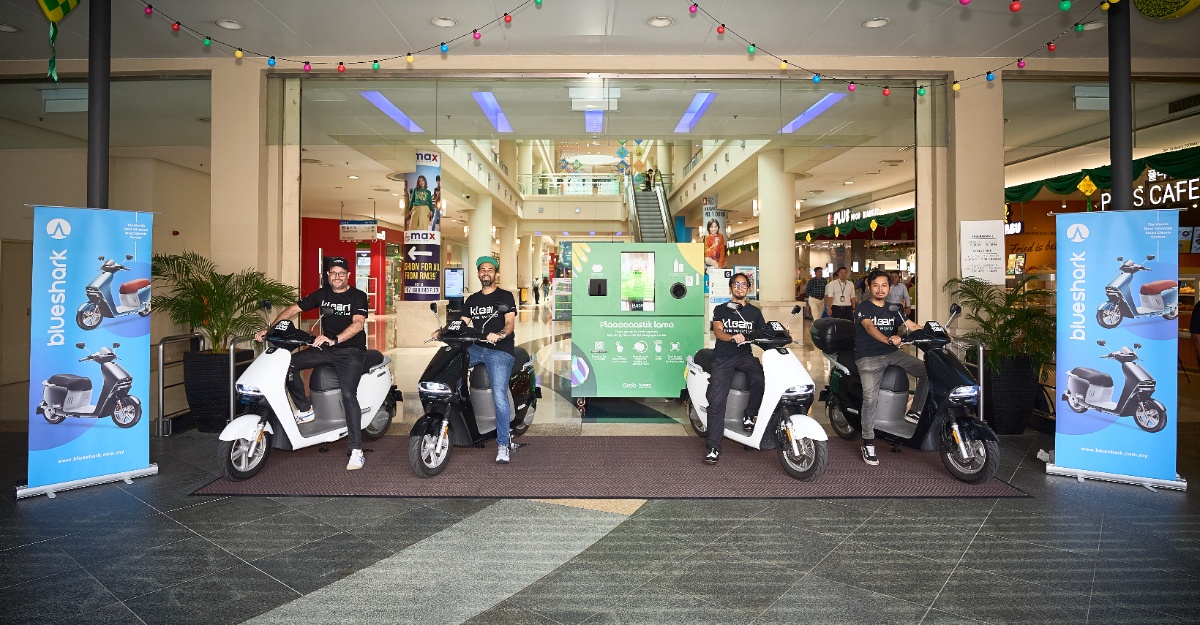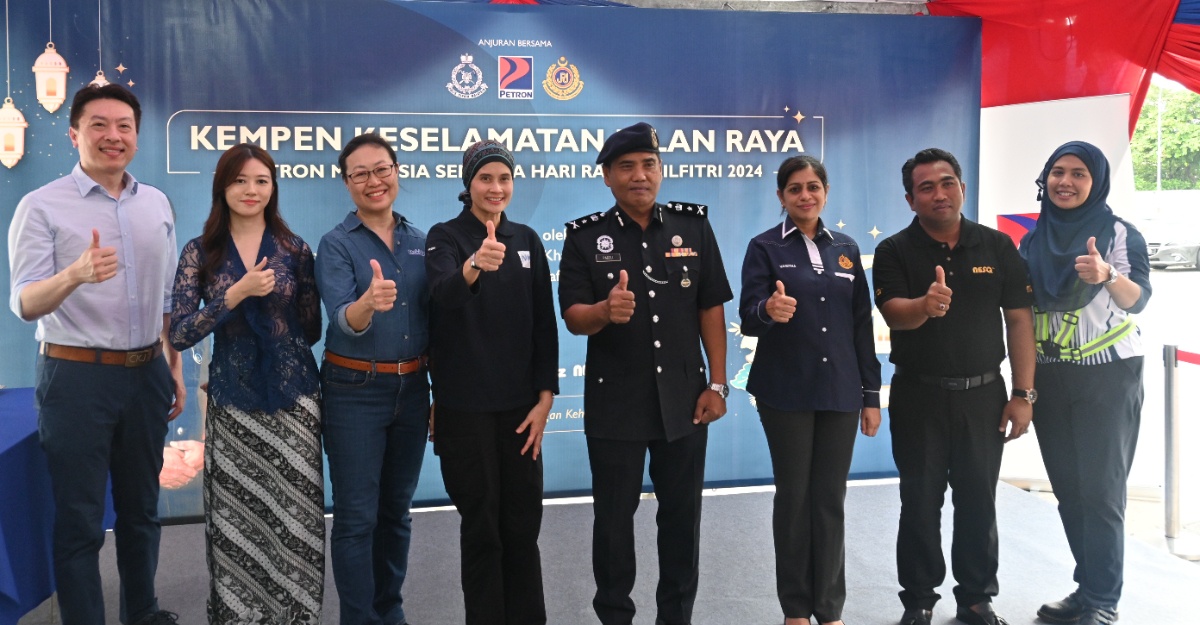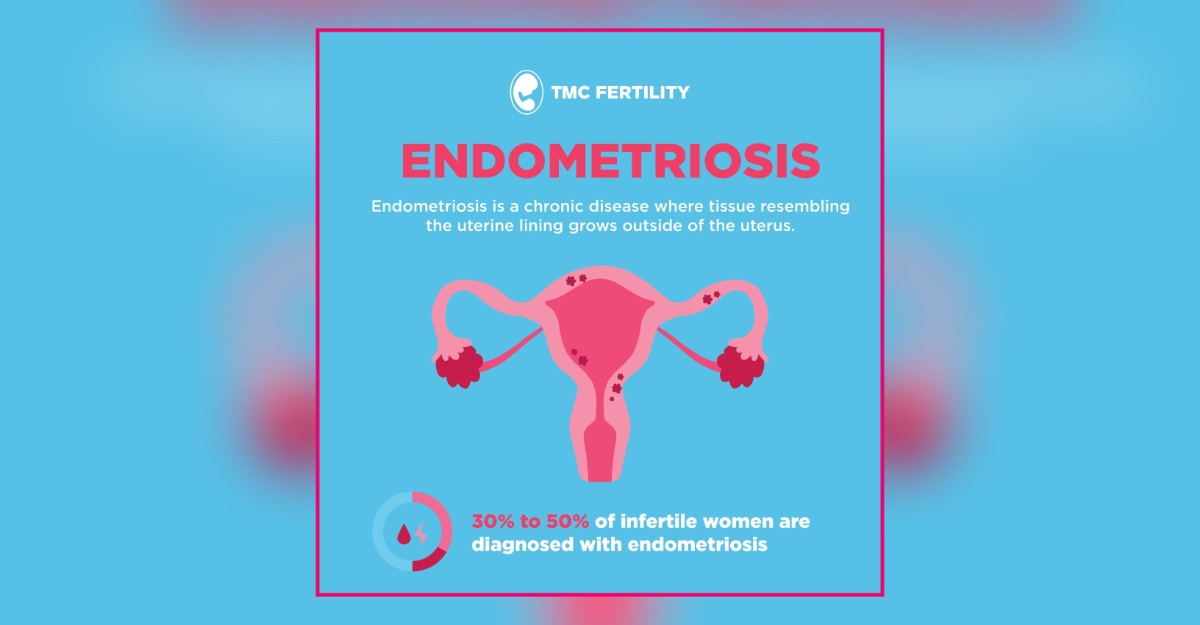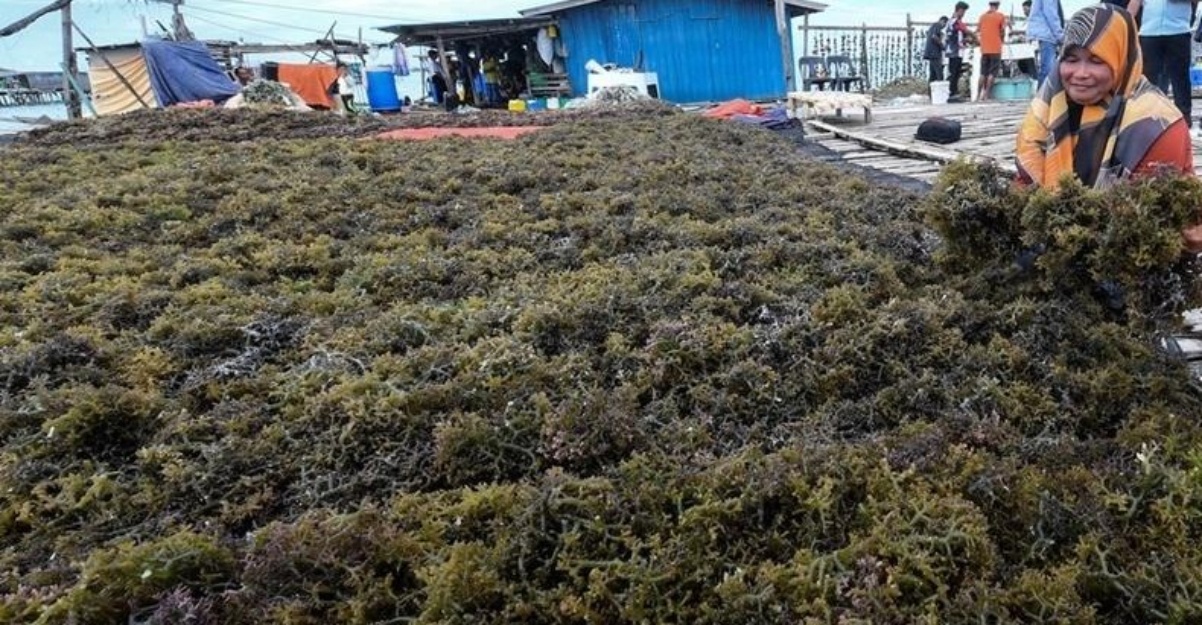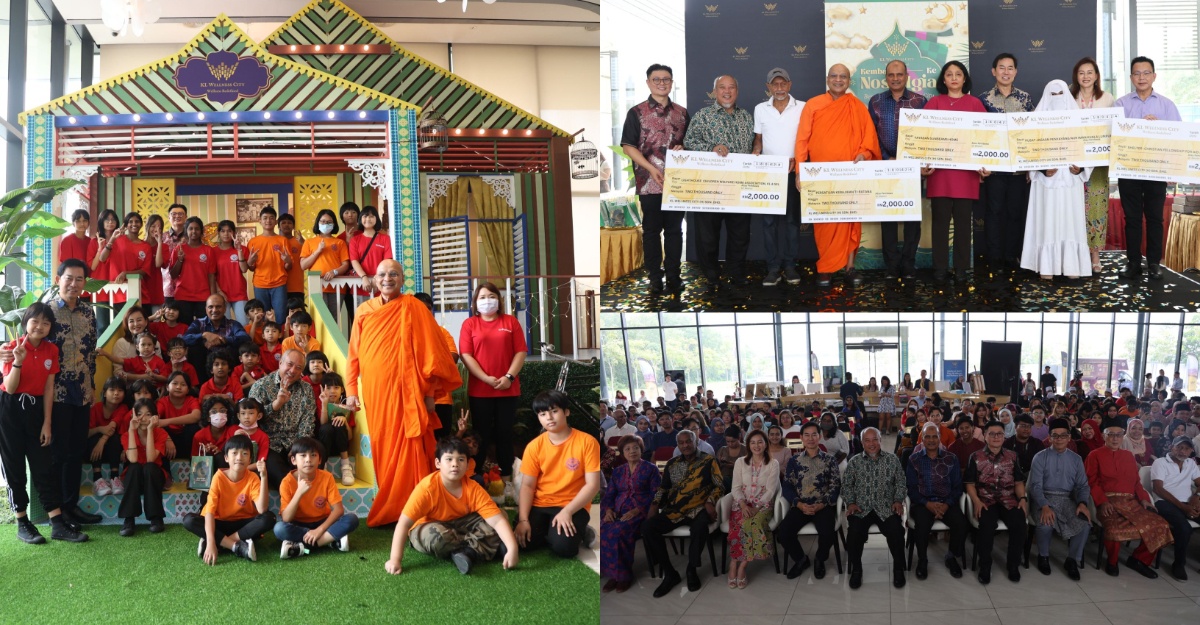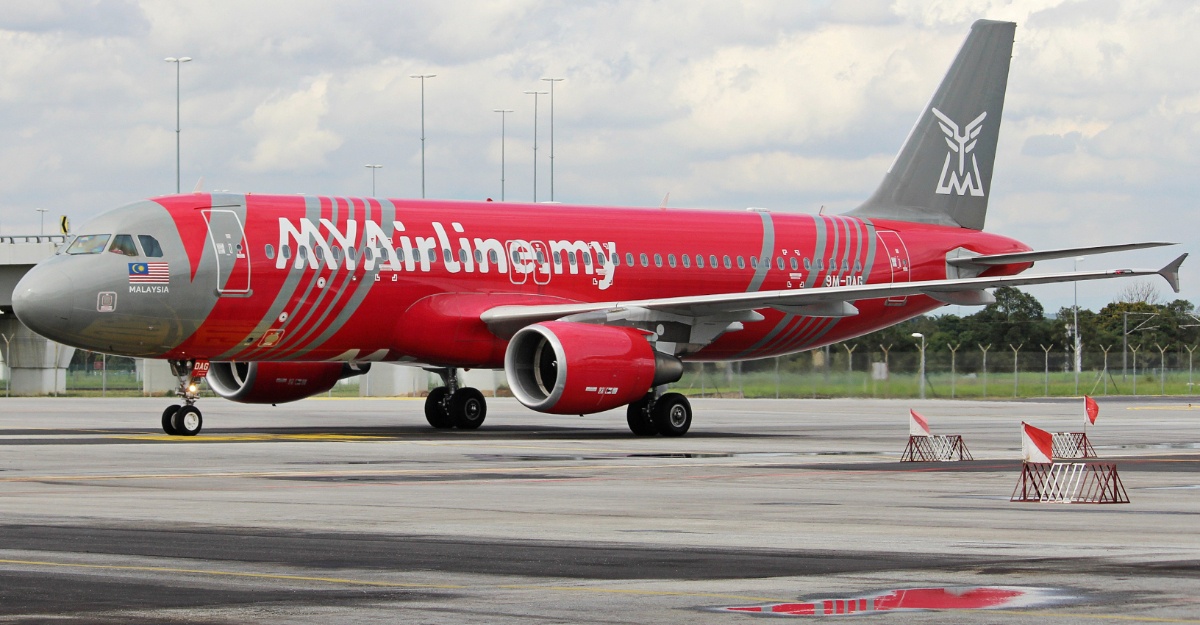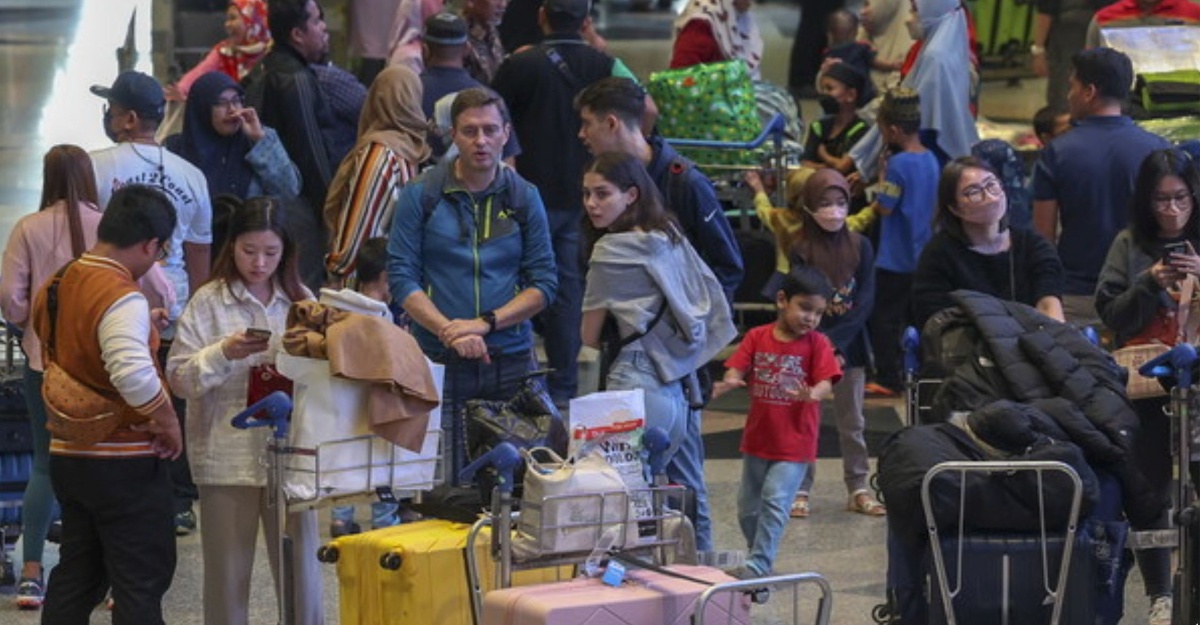SEMPORNA (Bernama) – The wide expanse of green, white, yellow and purple seaweed stretching out as far as the eyes can see is a sight to behold for anyone taking the 20-minute boat ride to Pulau Sangaban, near here.
From afar, the scenery reminds one of the striking floral colours of spring in temperate countries. These, however, are not flowers but harvested seaweed or algae left to dry under the searing heat of the sun on wooden rafts floating on the sea.
Regarded as among Sabah’s key commodities, its commercial viability of it is benefitting local communities in Semporna, Tawau, Lahad Datu and Kunak, with some 1,200 farmers involved in the industry.
Under the National Agrofood Policy 2021-2030, this marine plant is categorised as a high-value commodity along with aquaculture and ornamental fish.
RED SEAWEED
The calm waters of the sea surrounding the islands of Sabah are among the factors that render this area conducive to its culture where various species of algae are cultivated and harvested for use in the pharmaceutical, cosmetic and food industries.
Among the species cultivated here are red and brown seaweeds, and in Semporna, Kappaphycus – a red seaweed species – is the preferred choice as its seeds are easy to procure.
According to state Fisheries Department deputy director (Development) Azhar Kassim, Sabah is the sole exporter of red seaweed in the world, with most of it exported to China.
“This particular kind has high demand in China which has many factories producing algae-based products,” he told Bernama.
Before the start of the COVID-19 pandemic, Sabah used to export about 20,000 tonnes of it annually but three years ago its output fell to around 18,000 tonnes, contributing about RM60 million to the state revenue.
“Currently, seaweed cultivators sell it for RM7 a kilogramme, depending on the season,” Azhar said, adding that productions usually increase towards the year-end.
He said Sabah’s seaweed culture started during the 1970s but only 20 years later did the government pay more serious attention to the commodity and helped to develop the sector.
In 2010, the federal government recognised it as a high-impact and high-value National Key Economic Area (NKEA) under its Economic Transformation Programme and set aside an allocation for the commercial development of seaweed.
NUCLEUS PROJECT
The Sabah Fisheries Department is directly involved in the development of the state’s seaweed industry and has also implemented several programmes to this effect including the mini estate programme involving the private sector; and cluster projects each of which incorporates a minimum of 30 participants.
Azhar said last year, the federal government introduced the Nucleus Project for the cultivation of seaweed involving 30 entrepreneurs in Pulau Kerindingan and Pulau Omadal, here.
“The Nucleus Project is meant for small-timers like fishermen, whose livelihoods are dependent on marine resources, and to improve their incomes,” he said, adding that the project helped the participants to earn between RM1,000 and RM3,000 a month.
He said the seaweed industry provides quick yields as it can be harvested within 40 to 45 days after cultivation.
Seaweed farmer Piandau Muhamad, 50, who is from Pulau Menampilik, here, said she used to cultivate seaweed for her own use before embarking on commercial cultivation about 12 years ago when she got an offer to join the federal government’s Seaweed Development Programme.
“As a result of this and other programmes, our (programme participants) lives improved,” she said.
Starting with eight hectares, her seaweed cultivation in Pulau Sangaban now covers 121.4 hectares and provides employment for 50 families living on that island. Her farm yields about 20 tonnes of seaweed a month.
Piandau, who has been cultivating seaweed for over 21 years and has received assistance in various forms from the Sabah Fisheries Department, is now hoping the authorities would consider providing them with rafts to dry the algae.
Another seaweed grower Manan Alirahman, 50, said his quality of life has improved ever since he started cultivating seaweed on a commercial scale as he now receives a stable income compared to when he was a fisherman.
Seaweed wholesaler and supplier Julaspri Osman, meanwhile, said his company exports about 100 to 200 tonnes of seaweed to a factory in Shanghai, China, every month.
“I get the supplies from 500 to 600 farmers in Semporna. So far, there has been no complaints on the quality of seaweed exported by us,” he said.
He said his company has also entered into a joint venture with a China-based company to export it to Europe.
On the challenges he faced during the enforcement of the Movement Control Order, Julaspri said hundreds of tonnes of it were stranded in the warehouse as they could not be exported.
“My company suffered big losses then. We still bought seaweed from our suppliers but at a lower price. We continued buying from them to enable them to survive,” he said, adding that the situation has now returned to normal, with the demand for the commodity rising.
Sources: BERNAMA










